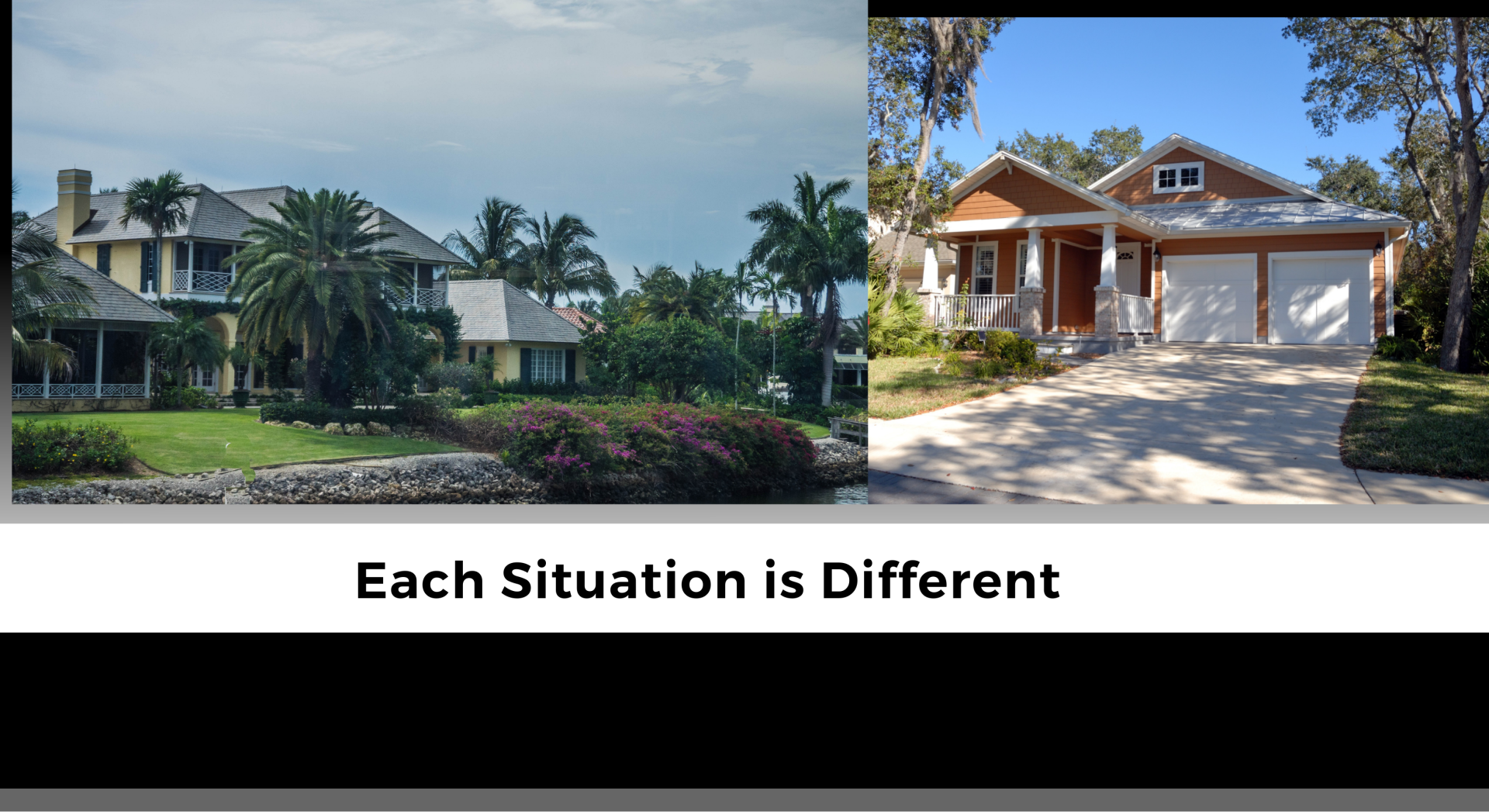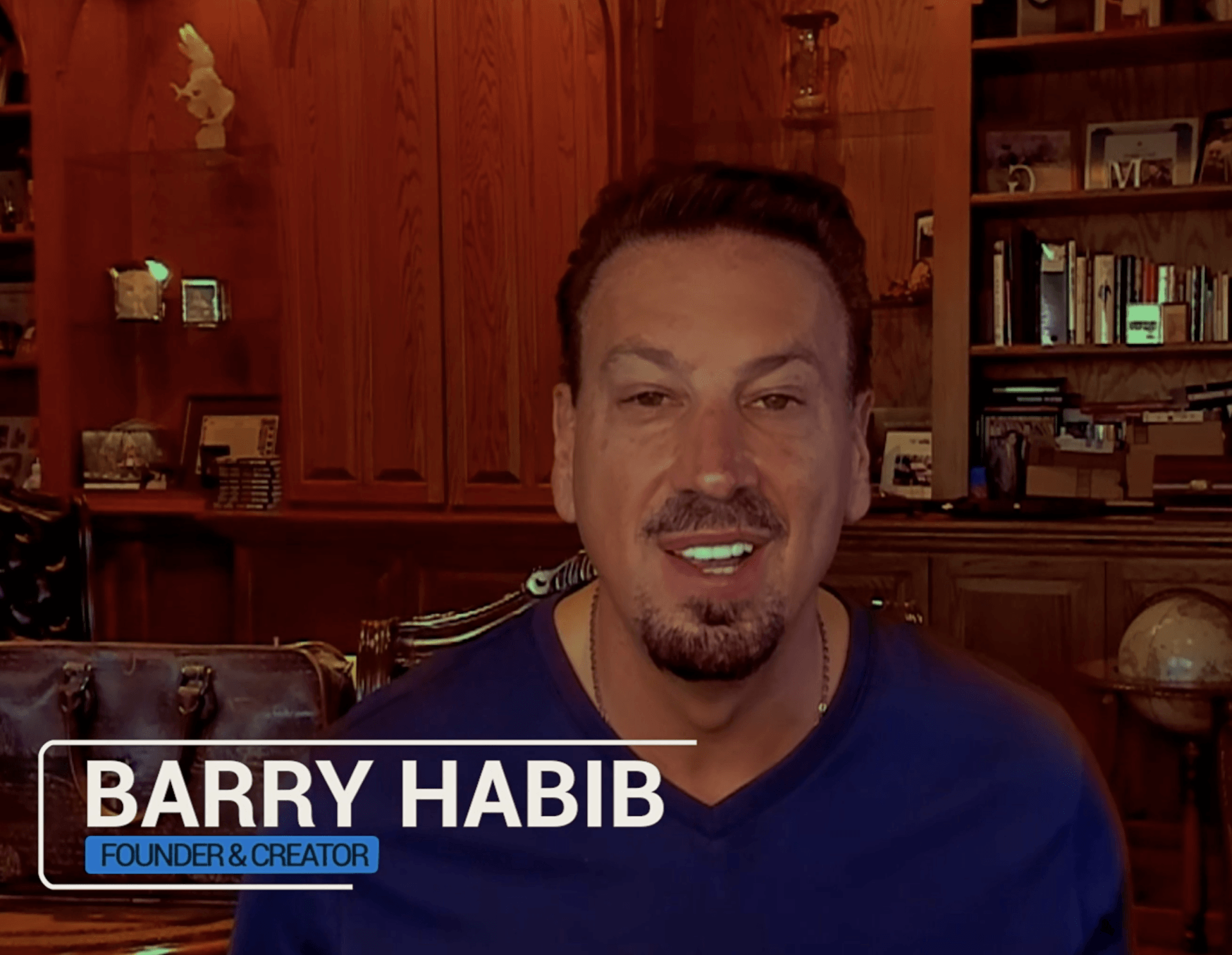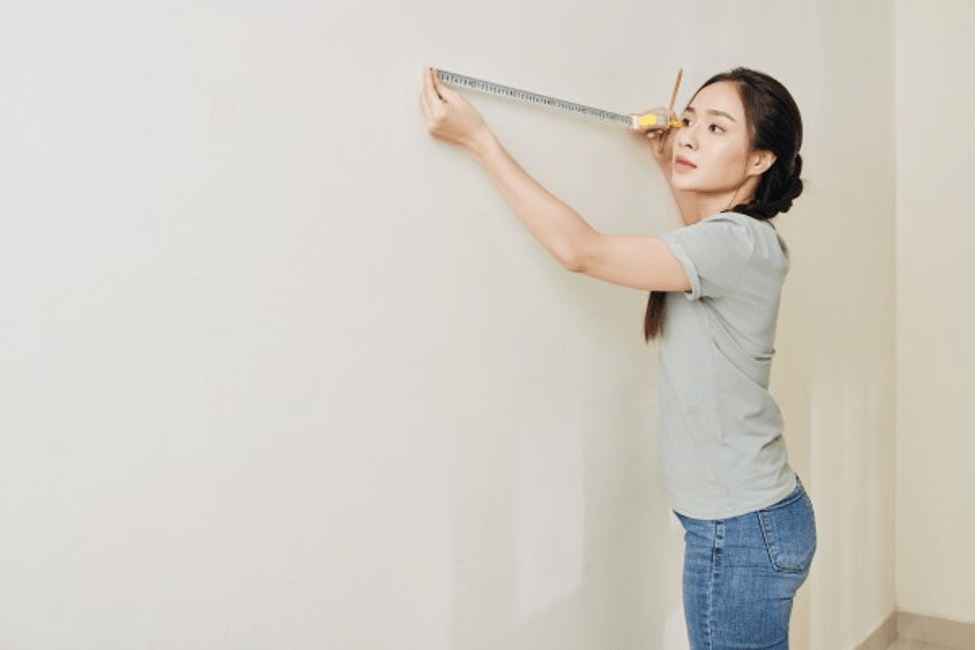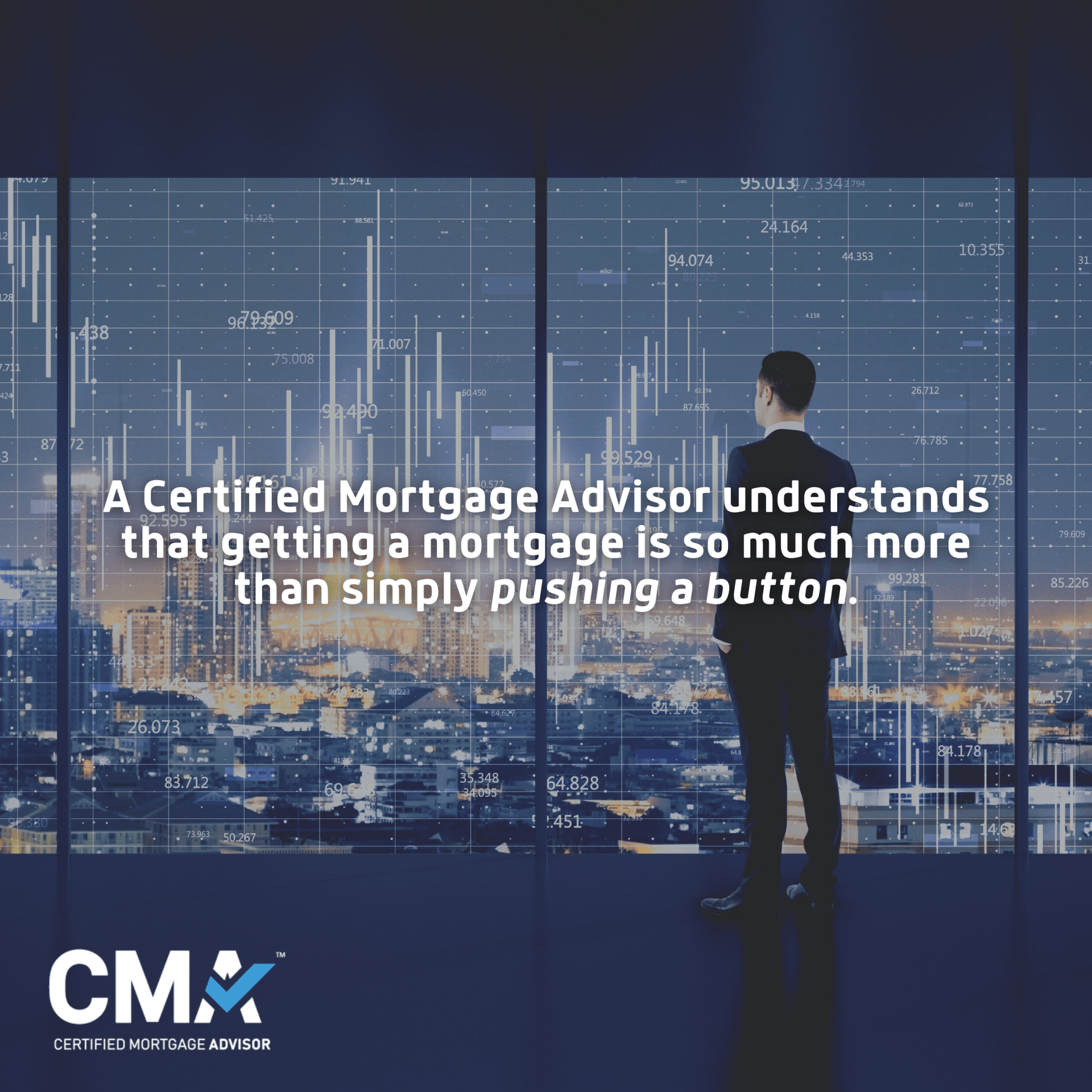PMI - WHAT IS IT AND HOW DO I GET RID OF IT?
PMI 101

If you have been looking for a home or, have been talking to others about their mortgages lately, you may have heard of something called PMI, private mortgage insurance.
With all the information coming at borrower, understanding PMI can become cloudy because each scenario shared can be different based on variables like credit scores, types of loans and down payment amounts, as well as options to get out of paying PMI. Here are the basics to understanding PMI.
WHAT IS PMI?
Most people understand having hazard insurance on their home, because it is like insuring your car in case something happens to it. PMI, private mortgage insurance is different. It is insurance that covers the lender should you default or, not pay your loan. This way, the lender will still get paid through the insurance policy. PMI doesn’t protect you as the borrower, if you fail to pay. (I will note here that failure to pay can affect your credit score and you could potentially lose your home through foreclosure.) If you are required to pay for PMI, it typically is included in your monthly mortgage payment (PITI principle, interest, taxes, homeowner’s insurance). But in some cases, PMI is collected in one lump sum at settlement.
It should also be stated that Federally-backed loans, or FHA and VA loans, have a similar requirement known as mortgage insurance premium (MPI). The biggest difference between MPI and PMI is in the case of MPI, you are stuck paying it for the entire life of the loan and, they have their own set of rules.
WHO IS REQUIRED TO HAVE PMI?
On a conventional loan, lenders typically expect you to have 20% of the loan as a down payment. Without it, lenders will require you to carry private mortgage insurance until you build enough equity in your home. For many, coming up with a 20% down payment can be difficult and they opt for the PMI coverage to be paid out over time while they get the benefit of living in the home and building equity.
HOW MUCH DOES IT COST?
The cost of PMI varies to about $30 - $70 per every $100,000 borrowed and is based on the amount of your down payment and your credit score. The lower the down payment and the lower the credit score, the higher the premium.
The payment is typically collected each month with your mortgage payment. Some lenders will allow you to pay your PMI in a lump sum either in cash at closing or finance the premium in your loan amount.
With FHA, there is an up-front MIP and annual premium which is collected monthly.
HOW LONG MUST I PAY FOR THE PMI?
For FHA, MPI is typically paid the life of the loan which can be up to 30 years.
Qualified veterans can apply for a VA loan that allows up to 100 percent financing ($0 down payment) and no mortgage insurance. There may only be an upfront funding fee which some veterans may be exempt from.
In regards to the conventional mortgages, the Homeowners Protection Act of 1998 mandates that mortgage servicers remove PMI on the date the mortgage balance is first scheduled to reach 78% of the principal. A good payment history and no second liens are conditions for release.
Once you get down to the Loan to Value below 80% as your lender to cancel your PMI, making sure to follow its guidelines.
HOW DO YOU STOP THE PMI?
PMI on a conventional loan may be canceled once you build up the 20% home value. Contact the lender and ask them about their policy to remove the PMI.
The lender usually automatically cancels PMI once you reached 22% equity based on the original appraised value (see the 78% rule mentioned above).
Some homeowners will pay a little extra on their mortgage payments to build up equity faster.
REFINANCE TO GET A BETTER DEAL OR STOP PMI
There are other ways to stop PMI, if you qualify.
FHA loans can be refinanced by a conventional loan once you have enough equity in your home. In this case, you will want to make sure your credit score is high enough to qualify and that interest rates make sense to do so.
Those with conventional loans can refinance potentially to a better interest rate and with appreciation having increased on homes, may have enough equity to remove the PMI. A homeowner usually needs to be in their home for at least 2 years for this to work.
There may be a possibility of a lender, at the time the homeowner is wanting to refinance, that might not require PMI with lower equity. The trade-off may be a higher interest rate which still might be lower than what the borrower currently has.
A homeowner needs to make sure that undertaking the extra cost of refinancing their home loan outweighs the PMI they are currently paying.
Property values have moved up so much recently, that many homeowners have built equity in their property since their loan was originally made. For a few hundred dollars, the homeowner could have their property reappraised to see if the value has moved up to remove PMI. Some lenders require slightly more than the 20% equity if the reappraisal was done in 2 years or under.
Please give me a call at 727-542-3357 to discuss your specific situation and see what options are available to you.










